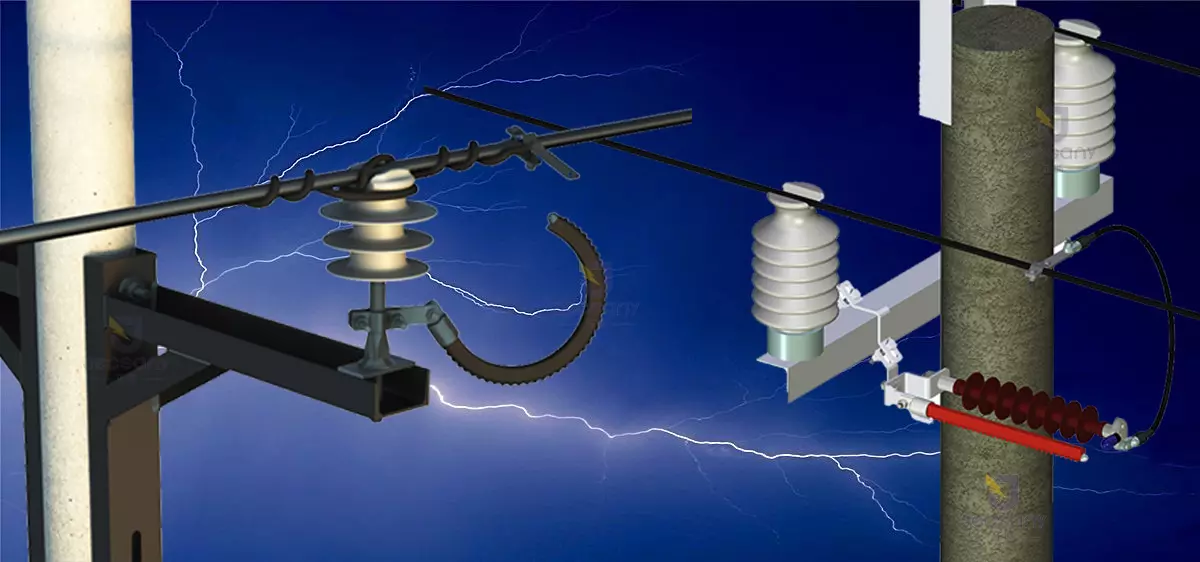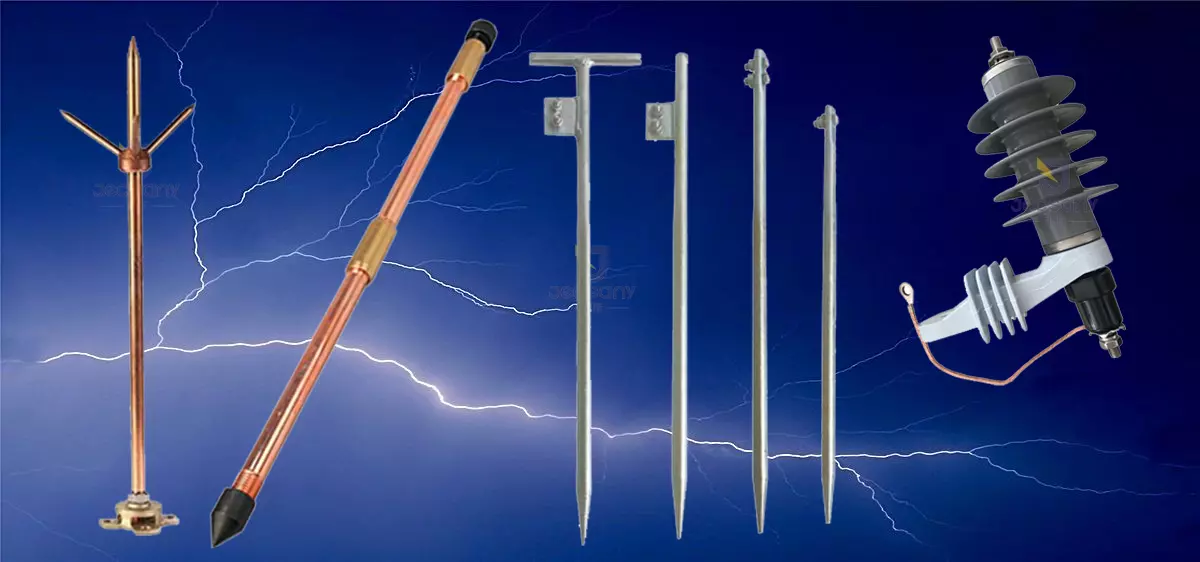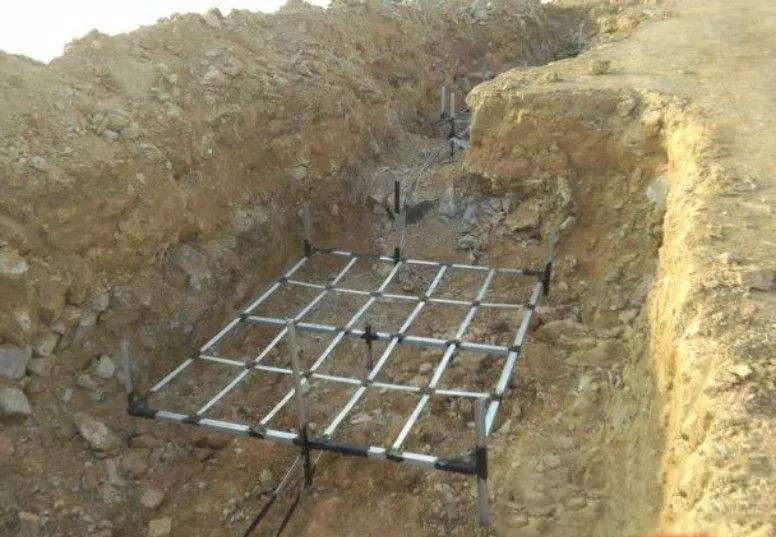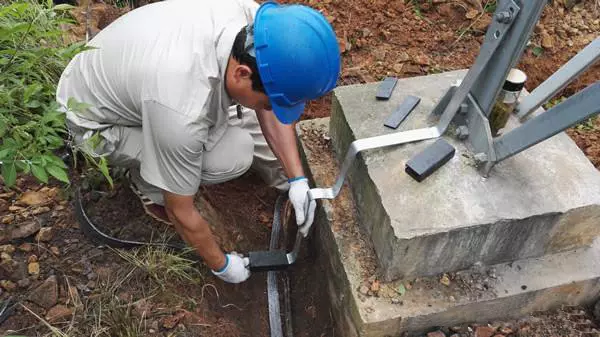The composition and working principle of lightning protection system
2022-08-12
2022-01-06
Principle of lightning protection and grounding:
In the grounding system, grounding is the most important part of lightning protection technology, whether it is direct lightning, induced lightning, or other forms of lightning, it will ultimately send lightning current into the earth. Therefore, it is impossible to reliably avoid lightning without a reasonable and good grounding device. The smaller the grounding resistance, the faster the dissipation, the shorter the holding time of the high potential of the object struck by lightning, and the less dangerous.
1) Lightning receiving devices: metal poles (air-termination devices) that directly or indirectly receive lightning, such as lightning rods, lightning protection belts (nets), overhead ground wires and lightning arresters, etc.
2) Grounding wire (down-lead): the metal conductor used to connect the lightning receiving device and the grounding device.
3) Grounding device: the sum of the grounding wire and the grounding body. Grounding body refers to resistance reducing agent, ion grounding electrode, flat steel, etc.

The lightning protection system mainly consists of lightning rods (lightning rods, lightning strips, lightning wires and lightning nets), down conductors and grounding devices. The lightning resistance level of a building refers to the current (Unit: Ka) when the building's lightning protection system can withstand the maximum lightning current impact without being damaged.
Lightning rod: suitable for protecting buildings or structures with a high ratio of thinness, open-air transformer and distribution equipment, power lines, etc. It can be made of Ф25 galvanized steel or SC40 steel pipe. The upper end of the needle is flattened and tinned to facilitate the tip discharge. Independent lightning rods are suitable for protecting low-rise warehouses and factories, especially for those occasions where lightning protection conductors are required to be isolated from various metals and pipelines in buildings. Sea urchin-shaped multi-needle lightning rods can also be used.



The grounding electrode can also be smashed into a circle of vertical grounding body around the building, that is, the surrounding grounding method. At this time, it is not necessary to leave the outer wall 3m, and it is reasonable to set the outer edge of the trench close to the foundation of the building. Because it is close to the base steel bar, it can achieve the effect of equalizing the potential. However, if the main reinforcement of the building can be used as the grounding body, the effect will be better, not only saving steel, but also lower grounding resistance.




